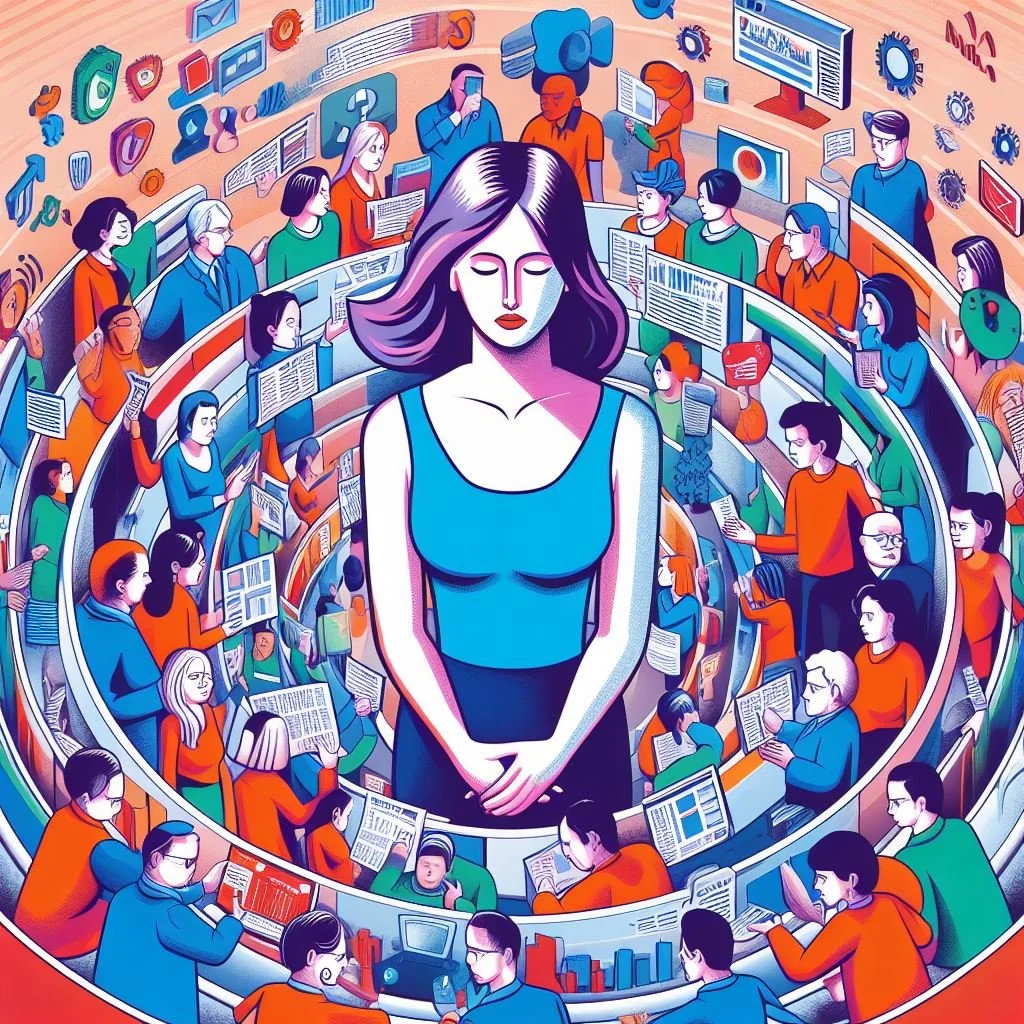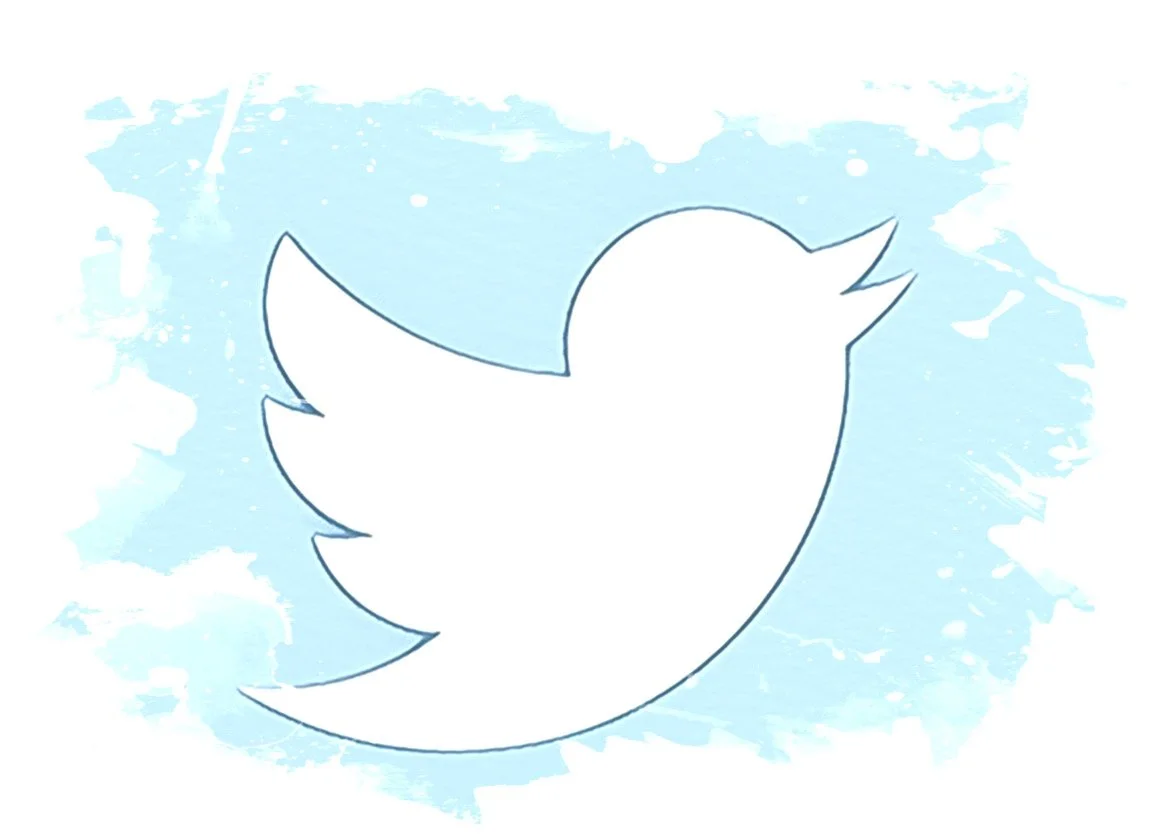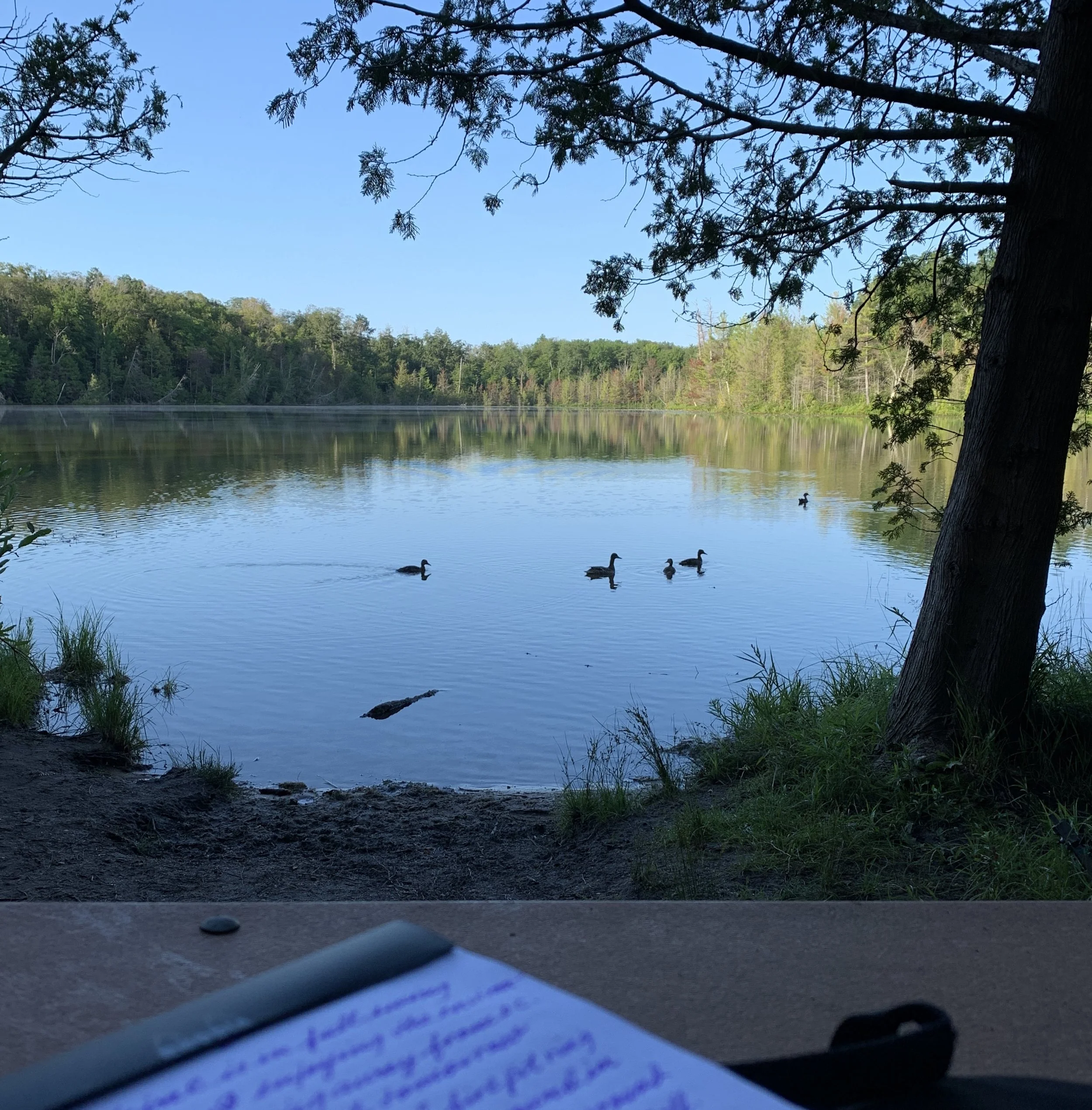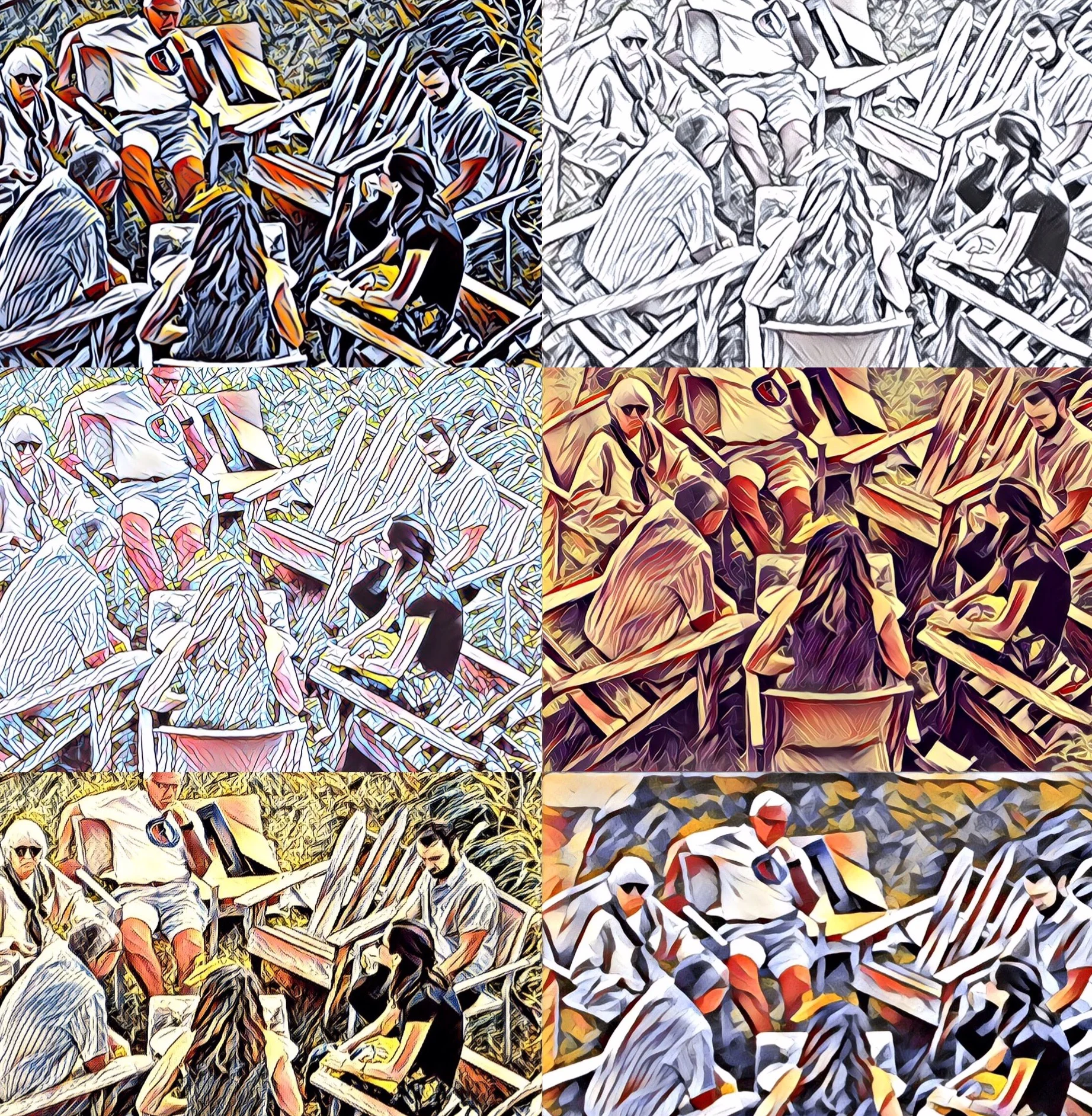TikTok and Challenges to Social Media Disentanglement
Observing international efforts to remove supposed security risks associated with use of TikTok is an interesting experience given my own past use of social media. I don’t use TikTok myself but was once a frequent user of Twitter, Facebook, and Instagram. I’ve deleted my accounts with those systems but still occasionally use Linkedin and Reddit with occasional Discord dabbling.
I’ve found that reduced usage of social media has contributed not only to improved peace of mind but also to a freeing up of more time to pursue a wider variety of news sources. News when filtered through social media can evolve to be one-sided and, partly because of so much anonymous posting, prone to exaggeration, misinformation, or downright nastiness. Where once I had profound hopes that social media would have major long term benefits for sharing and collaboration, I have been disappointed by the negatives that have evolved and as a result coined the term social media decay to express this disappointment.
Social media disentanglement is not always easy. One becomes accustomed to near-frictionless sharing of text, images, audio, and video. When that sharing is confined to a trusted group that one can control it’s OK. Unfortunately the economics of social media system management are such that one may not have total control over what is shared. This, I have found, can eventually lead to an exposure to much unpleasantness.
My favorite social media platform, the late lamented Google+, offered much control over sharing but alas is no longer. (I’m sure that somewhere in the bowels of Google my many communications through that system may still be influence how I occasionally use various other Google platforms. I’m resigned to that even as I have shifted more to Microsoft platforms such as Office 365 and OneDrive which I can access through my Apple, Windows, and Linux devices.)
I recently experienced an example of the difficulties of disentanglement due to one news platform’s use of social media membership as a credentialing service. I regularly check South China Morning Post for news about Asian technology and politics and recently discovered that, were I to link my account there to a social media platform like Instagram, Twitter, or Facebook, I would be able to comment on news articles without my comment undergoing moderation. Maybe I could have supplied another social media account but I didn’t bother. I’ll go with the moderation. Why get even more tangled up in social media?
I personally believe that the cause of much online unpleasantness is the ability to create anonymous personas that one can hide behind. Given the rising power of AI based applications to synthesize not only realistic-sounding conversations but also human appearing full-motion simulations, without approriate controls (by whom?) we may find ourselves engaging online with an increasing number artificial personalities that are not limited to walled-garden virtual realities. Concerns by scientific journal editors about their inability to determine when submitted research articles were actually created by humans will pale in compared severity to our inability to tell when what we see online or on TV is real or synthetic.
As unlikely as that might have sounded just a few years ago, this past week I received a request to connect online with a stranger on Linkedin. Sadly what passed through my head was, “How can I tell if this request came from a real human?”
That concern passed quickly but I see this quandary arising more frequently now that all the major platforms are rolling out products or services based on various artificial intelligence models. I’m experimenting myself with how to use tools such as ChatGPT to help efficiently generate detailed project management documentation. Were I to go online now on TikTok would I be able to differentiate between the real and the artificial?
Copyright (c) 2023 by Dennis D. McDonald































